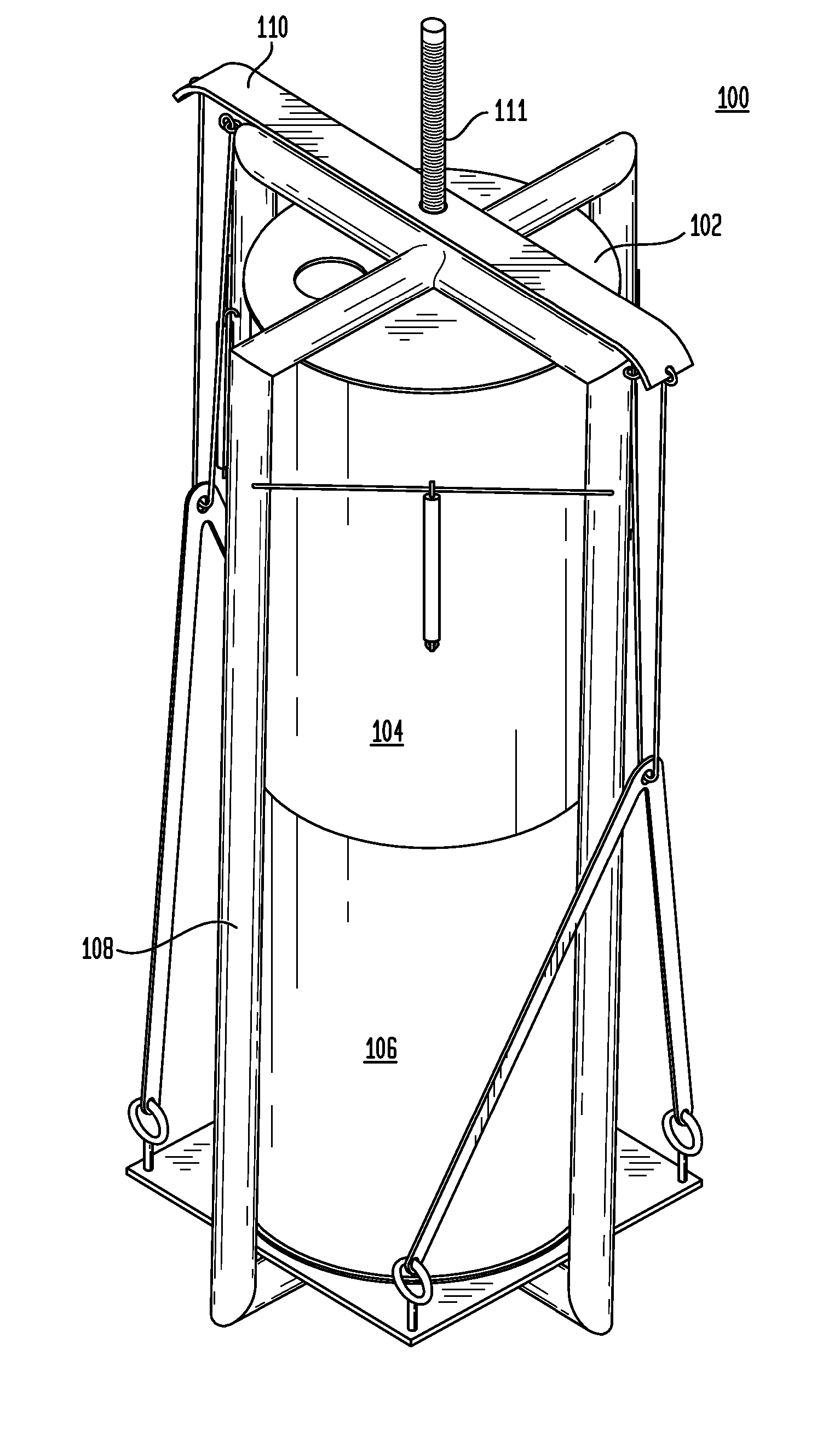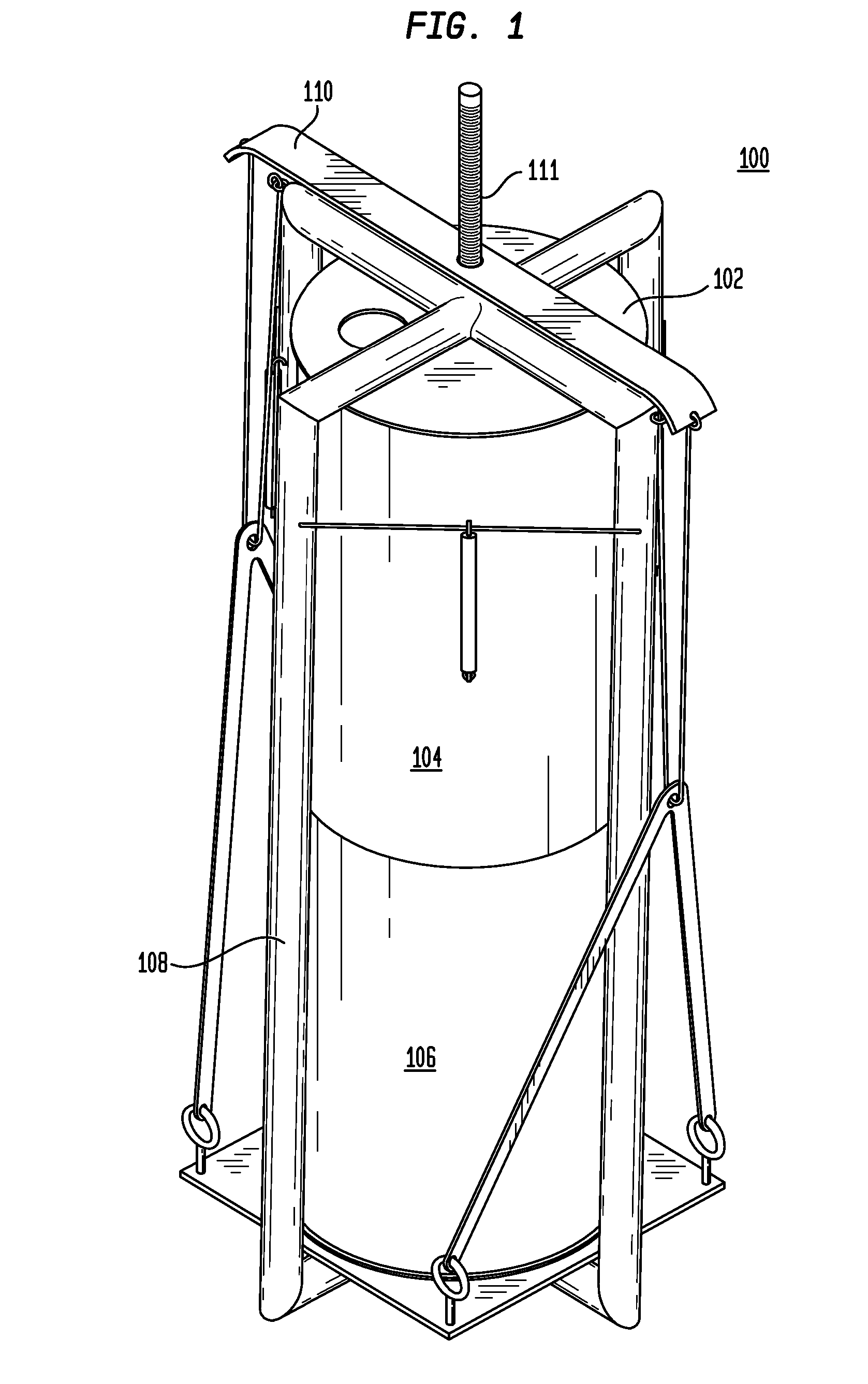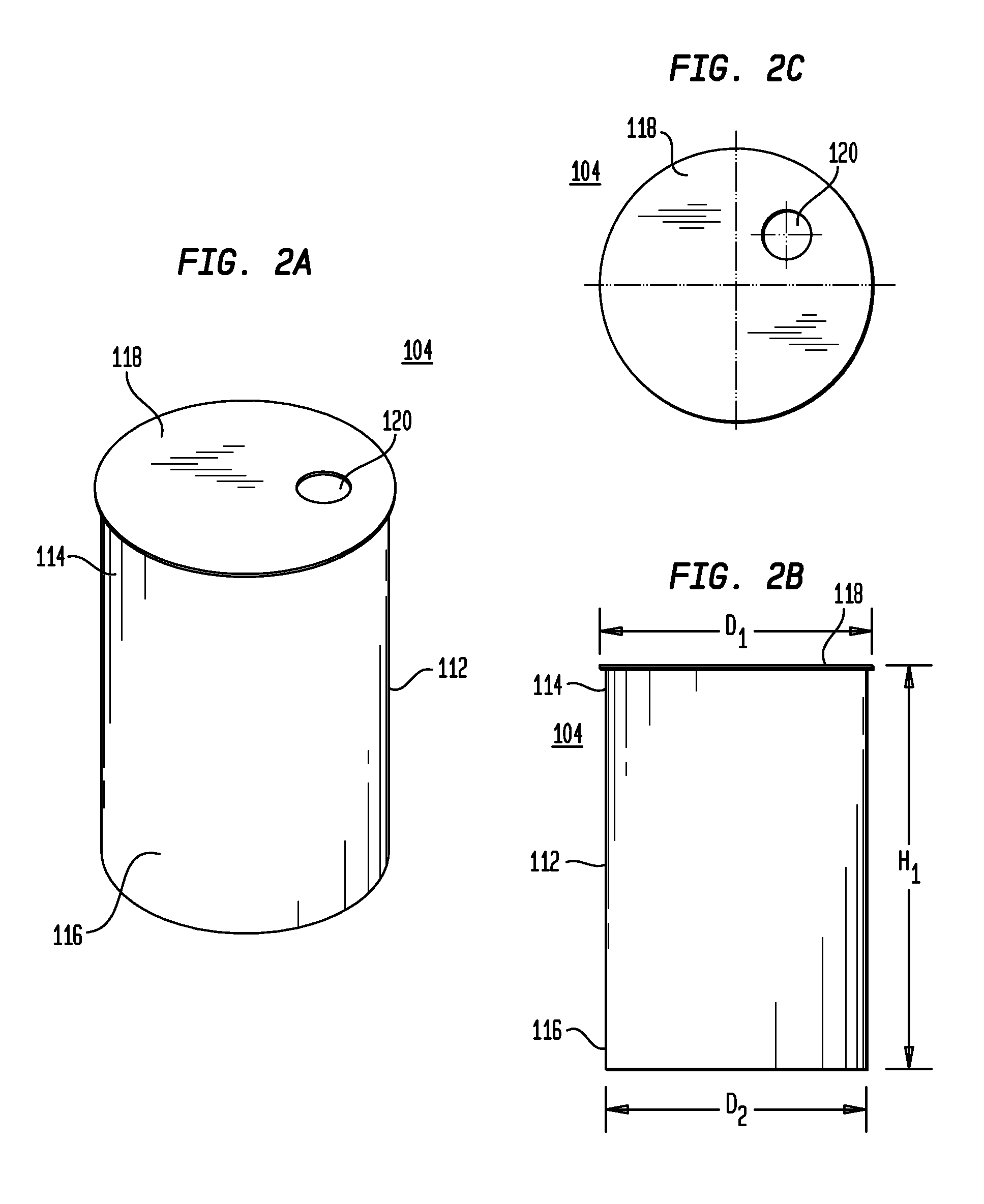Systems and methods using gravity and buoyancy for producing energy
a technology of energy production and buoyancy, applied in the direction of hydro energy generation, engine components, machines/engines, etc., can solve the problems of unbalanced condition of cylinders and drive the rotational member, and achieve the effect of facilitating smooth and reliable sliding motion, reducing the amount of cylinders, and sufficient buoyancy forces
- Summary
- Abstract
- Description
- Claims
- Application Information
AI Technical Summary
Benefits of technology
Problems solved by technology
Method used
Image
Examples
Embodiment Construction
[0065] The headings used herein are for organizational purposes only and are not meant to be used to limit the scope of the description or the claims. As used throughout this application, the word “may” is used in a permissive sense (i.e., meaning having the potential to), rather than the mandatory sense (i.e., meaning must). Similarly, the words “include”, “including”, and “includes” mean including but not limited to. To facilitate understanding, like reference numerals have been used, where possible, to designate like elements common to the figures.
[0066] Referring to FIG. 1, in one preferred embodiment of the present invention, an energy system includes a vessel 100 having an expandable and collapsible chamber 102 having an upper chamber section 104 and a lower chamber section 106. The vessel 100 includes a support frame 108 that surrounds the chamber 102 and a mounting bracket 110 overlying an upper end of the support frame 108. The vessel includes a torque-generating line 111 ...
PUM
 Login to View More
Login to View More Abstract
Description
Claims
Application Information
 Login to View More
Login to View More - R&D
- Intellectual Property
- Life Sciences
- Materials
- Tech Scout
- Unparalleled Data Quality
- Higher Quality Content
- 60% Fewer Hallucinations
Browse by: Latest US Patents, China's latest patents, Technical Efficacy Thesaurus, Application Domain, Technology Topic, Popular Technical Reports.
© 2025 PatSnap. All rights reserved.Legal|Privacy policy|Modern Slavery Act Transparency Statement|Sitemap|About US| Contact US: help@patsnap.com



